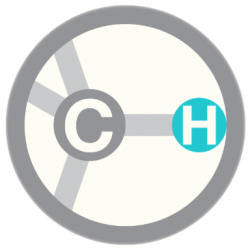Authors: Barbara A Bennett, Charlotte K Hollingsworth, R.Shayn Martin, Steven R Childers, Richard E Ehrenkaufer, Linda J Porrino, Huw M.L Davies
Neuropharmacology,
1998, 37, 1, 123-130
Cocaine and tropane analogs are known to interact with biogenic monoamine transporters by inhibiting amine uptake. Previous in vivo studies have demonstrated that some of these tropanes produce a longer lasting behavioral effect compared with cocaine. We have previously examined several tropane analogs and found a difference in their relative affinities for dopamine (DA) and serotonin (5-HT) transporters. The purpose of this study was to determine the recovery time of transporter function in vitro and in vivo comparing cocaine with the tropane analogs WF-11 (PTT, selective for DA transporters), WF-31 (selective for 5-HT transporters) and WF-23 (highly potent at both DA and 5-HT transporters). In vitro, using primary rat brain cultures of either midbrain or raphe regions, the recovery of the ability to transport either [3H]dopamine or [3H]serotonin, respectively was evaluated at 0, 3, 24, 48, 120 and 240 h after a 1 h exposure to cocaine and tropane analogs. The tropanes exhibited clearance half-lives ranging from 12 to 69 h, while cocaine, on the other hand, exhibited a clearance half-life of ≈6 h. In studies utilizing [125I]RTI-55 binding, intraperitoneal injections of cocaine and WF-23 into the rat resulted in striatal clearance half-lives ex vivo that were almost identical to those obtained in vitro. These data suggest that the tropanes bind to and reduce transporter function for prolonged periods of time (up to 10-fold longer than cocaine) and those compounds with the highest affinity may produce a pseudo-irreversible inhibition of transporter function.

